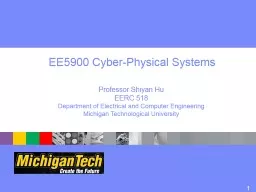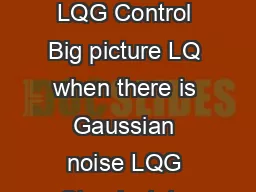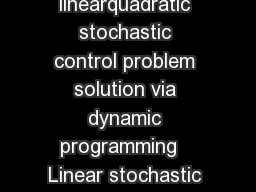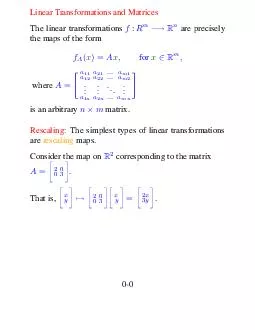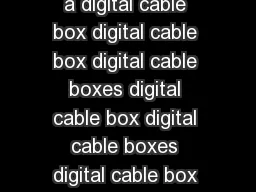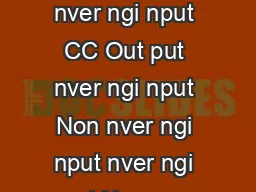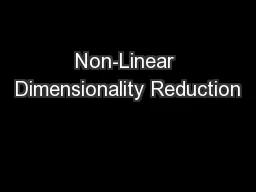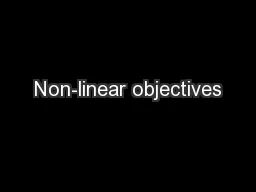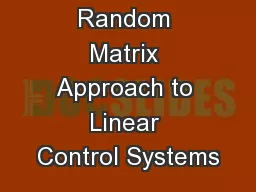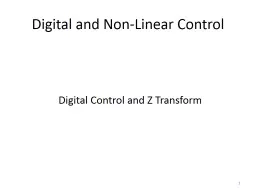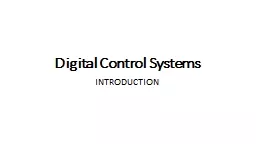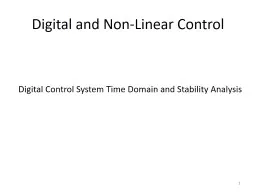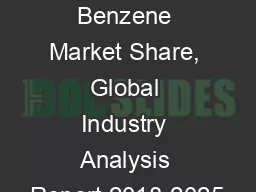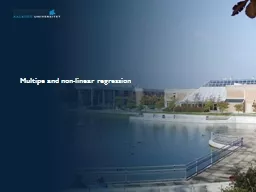PPT-EE4262 Digital and Non-Linear Control
Author : danika-pritchard | Published Date : 2017-05-16
Professor Shiyan Hu EERC 518 Department of Electrical and Computer Engineering Michigan Technological University 1 Class Time and Office Hour Class Time MW 11051155
Presentation Embed Code
Download Presentation
Download Presentation The PPT/PDF document "EE4262 Digital and Non-Linear Control" is the property of its rightful owner. Permission is granted to download and print the materials on this website for personal, non-commercial use only, and to display it on your personal computer provided you do not modify the materials and that you retain all copyright notices contained in the materials. By downloading content from our website, you accept the terms of this agreement.
EE4262 Digital and Non-Linear Control: Transcript
Download Rules Of Document
"EE4262 Digital and Non-Linear Control"The content belongs to its owner. You may download and print it for personal use, without modification, and keep all copyright notices. By downloading, you agree to these terms.
Related Documents

